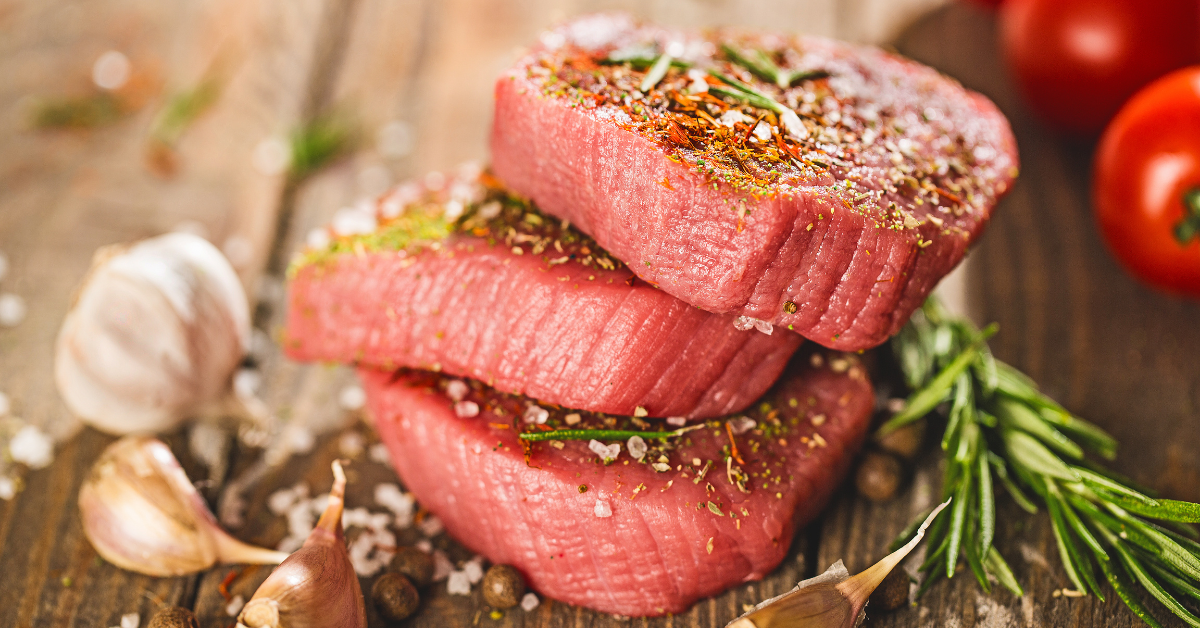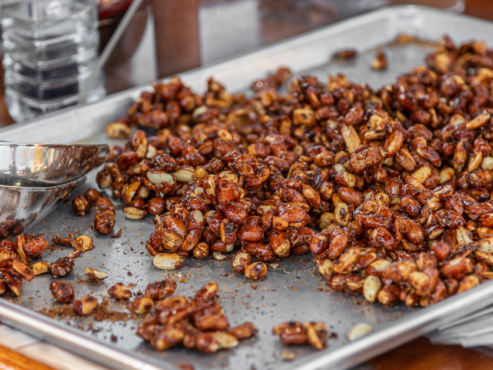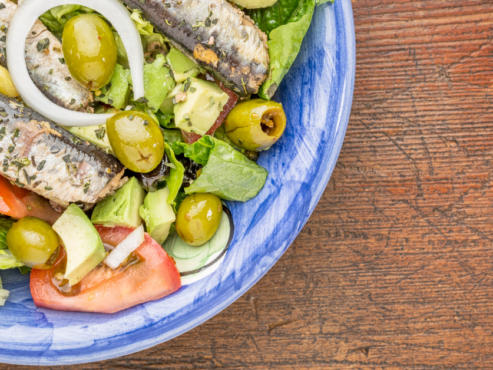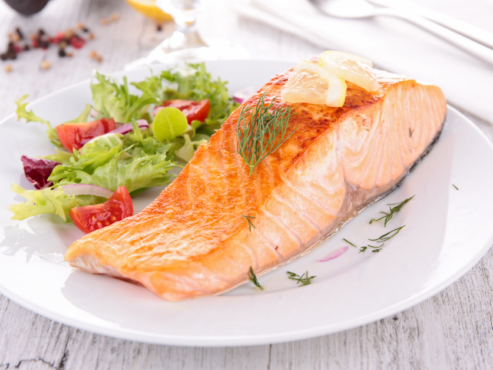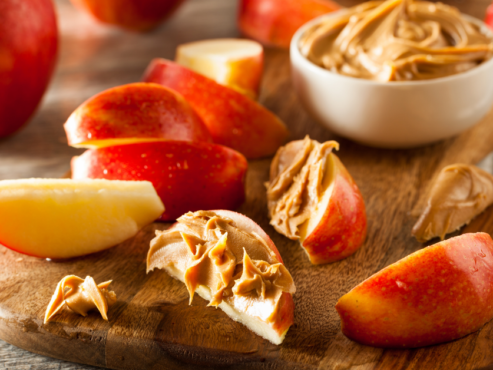
We are going to talk about the different types of fats, some examples for each, and provide some quick links to ideas on how to incorporate them into your regimen.
Healthy fats such as polyunsaturated, monounsaturated and some sources of saturated fats are essential to our health. In fact, fats along with protein are the two essential macronutrients as technically we can survive without consuming carbohydrates, by using fat (and protein indirectly) as sources of energy.
Fats supply calories, help us absorb certain vitamins and provide essential nutrients that our body needs to function.
Before we start it’s worth noting that all fats contain 9 Kcals / g. Sometimes we find that people forget this when consuming healthy fats, which can then potentially halt progress if they are trying to lose fat and get leaner.
Poly-Unsaturated Fatty Acids (PUFAS)
Fats are classified by their chemical structure. PUFAS have multiple double bonds in their structure hence the name “poly”. The two major classes of PUFAS are Omega 3 and Omega 6. See below for some food sources that fall into this category.
Omega 3 FA’s are generally anti-inflammatory, whilst Omega 6 FA’s are generally pro-inflammatory. We need both but in a ratio of ~4:1 (6:3). It’s worth noting that the standard western diet is around 20-1 (6:3), so it’s likely this could be a driver of many chronic diseases and conditions.
OILY FISH – SALMON, MACKEREL, SARDINES
Oily fish such as these options have high levels of Omega 3 fatty acids and are also great sources of quality protein. Omega 3 is often isolated in supplements and used as an anti-inflammatory, and support nutrient for individuals that have high levels of LDL Cholesterol.
Flaxseeds are good plant sources of Omega 3, although it’s not as concentrated as it is in oily fish. Flaxseeds are also high in a type of soluble fibre called mucilage which, when mixed with water swells and becomes gooey. This makes it a popular food for people that may have problems with regular bowel movements.
CHIA SEEDS
Chia seeds are either white or black in colour and have a similar nutritional profile to flax seeds, but usually work a little better in recipes.
Walnuts are a rich source of the Omega 3 fatty acid, ALA (alpha-linolenic acid).
Mono-Unsaturated Fats (MUFAS)
This type of fat has just one double bond – hence the name “mono”. Many of these fats are present in the much-studied “Mediterranean diet” which helped with their links to health and longevity. See below for some different food sources and quick links to prep ideas.
Olives are also a rich source of vitamin E and Copper, which are extremely beneficial nutrients for skin, hair and healing.
These nuts are top sources of MUFAS and also minerals such as copper and Magnesium. Almonds are also pretty high in protein with 7g / 35g.
Avocados are high in fibre and packed with potassium and an array of B Vitamins. In fact, they have more potassium than a Banana!
SATURATED FATS
Saturated fats are saturated (have many) with hydrogen molecules and contain only a single bond between carbon molecules. Saturated fats are found in animal products like milk, cheese, and meat, as well as tropical oils, including coconut and palm oil.
The effects of saturated fat on health is among the most controversial topics in all nutrition.
Some say it’s bad, some say it’s good. Our take is that a diet high in saturated fats in the form of fast food, fried products, sugary baked goods, and processed meats is likely to affect health far differently than a diet high in saturated fats in the form of full-fat dairy and grass-fed meats.
Including an abundance of good quality foods from animal sources will also provide protein, other essential fatty acids, vitamins and minerals.
To see some top, real food sources and quick ways to prepare them, check out this article – top protein sources
See also




